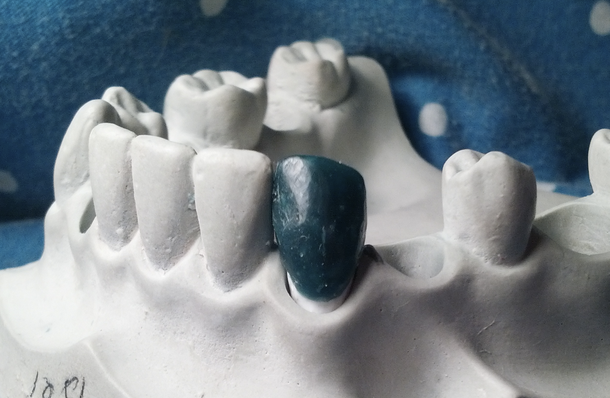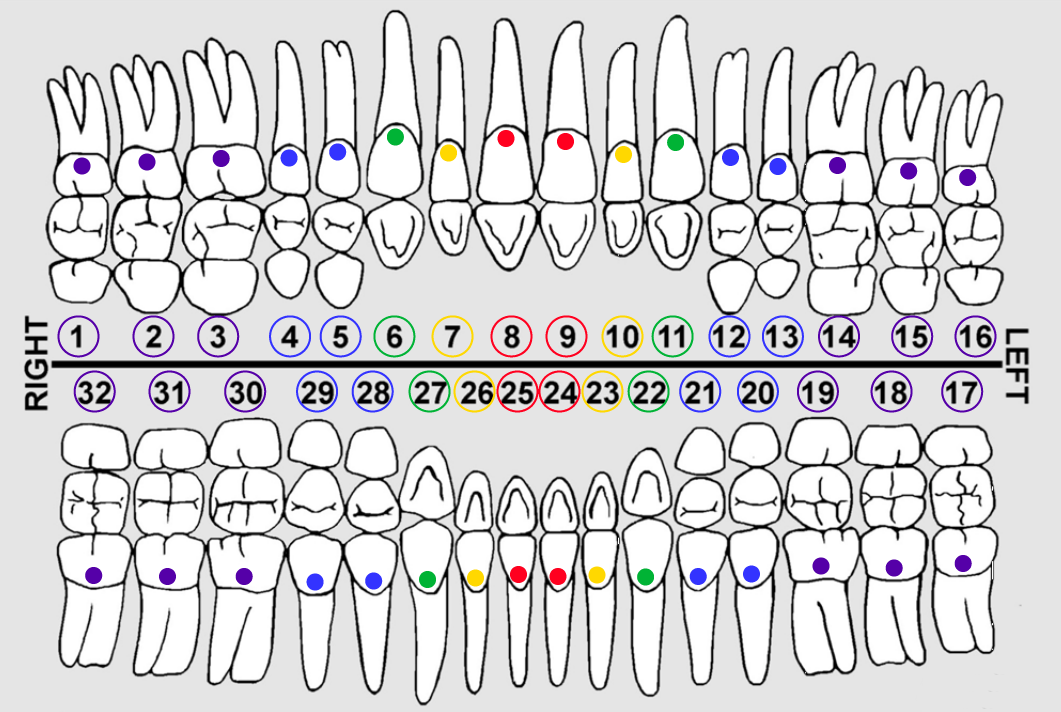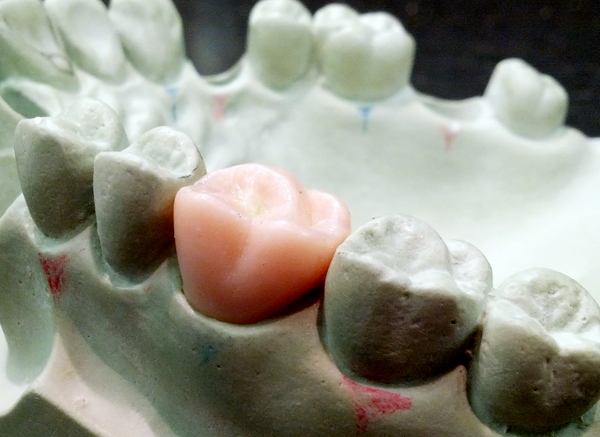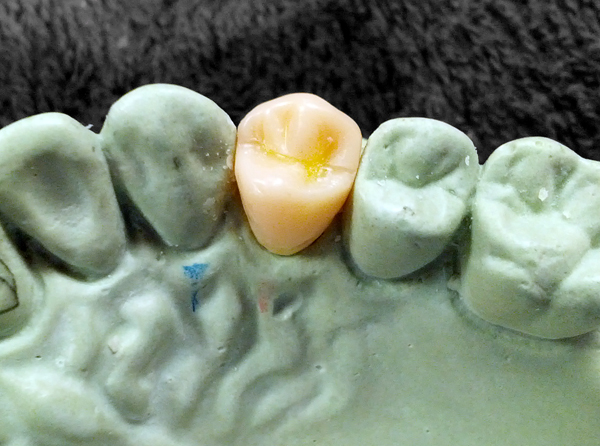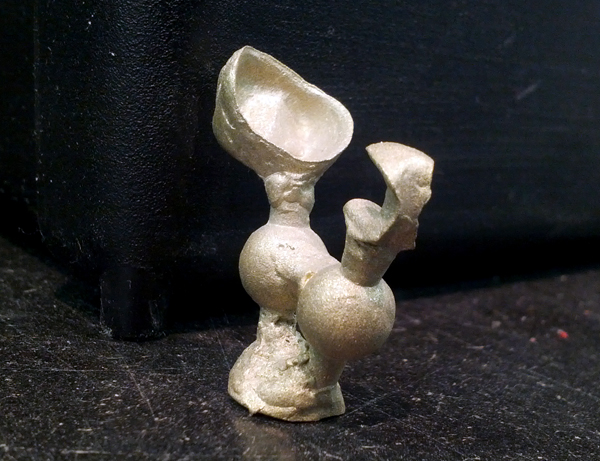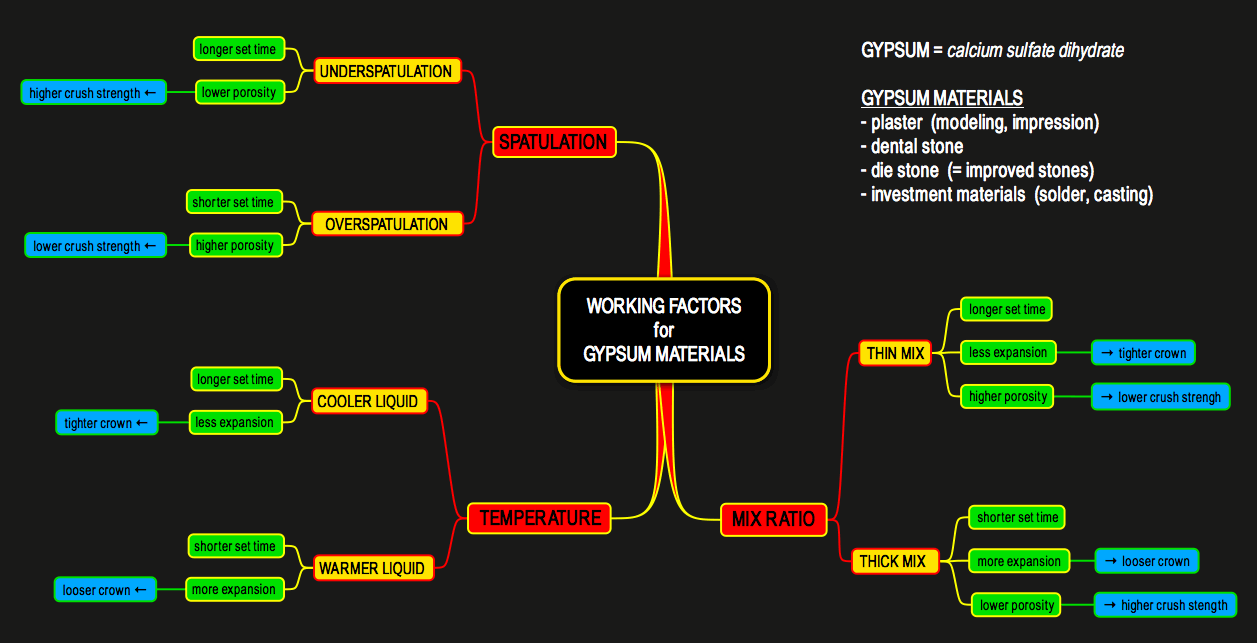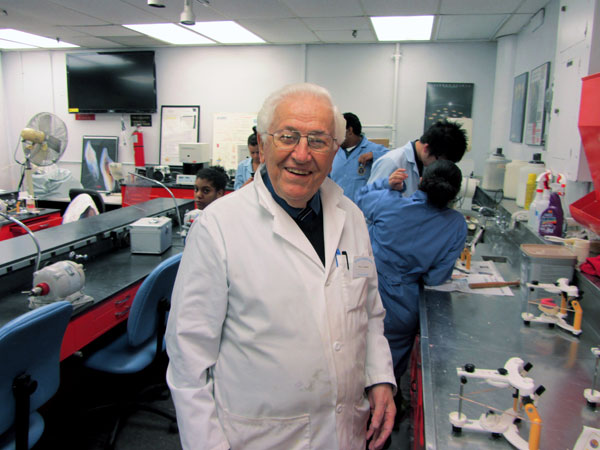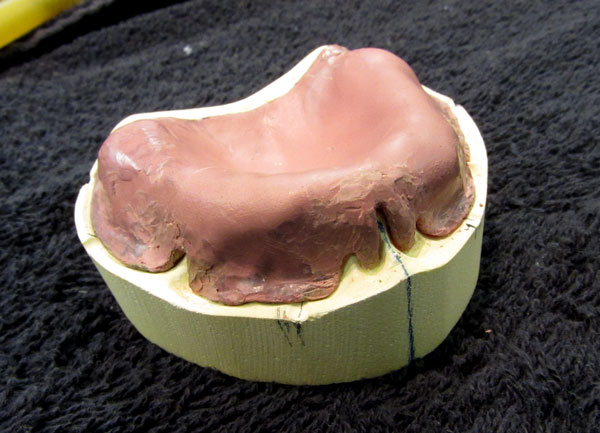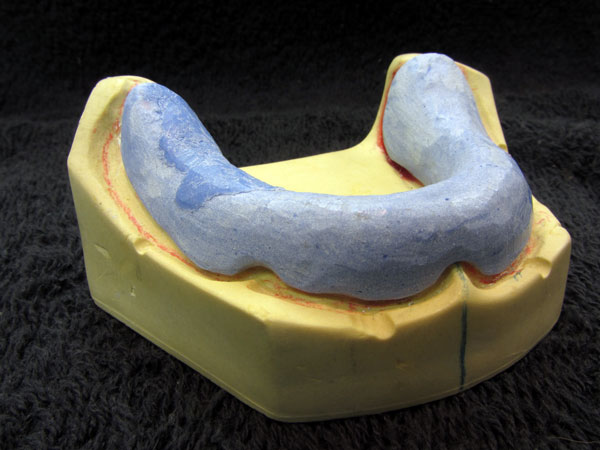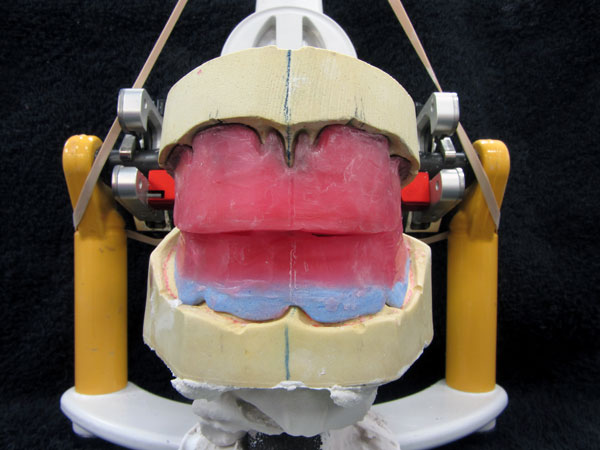I am now one full semester into the Restorative Dentistry program here at City Tech, and I feel very lucky to be where I am. Returning to school as an adult student is an endeavor I embarked on with my share of admitted trepidation…
I am happy to say that my apprehension was undue, and has been undone – by the guidance of the indispensable RESD faculty as well as the encouraging atmosphere that permeates the department. I truly feel as though I have a whole team behind me, wanting me to succeed and offering me the resources to excel. I am getting so much more than I expected or hoped for.
• • •
At the end of the semester our College Lab Tech David Barthold overheard me lamenting with friends in the hallway; we were concerned about losing ground from our new skills as a result of the upcoming month outside the lab. He generously offered that he would be in the lab all month, and we were free to be there too. Much to my surprise, I was the only taker.
David opened the door to an invaluable opportunity: an empty lab full of resources, complete with an accomplished technician willing and able to offer guidance as needed. I am deeply grateful to him for giving me this advantage.
I knew what I had to do.
Dentures, start to finish, a second time around…

